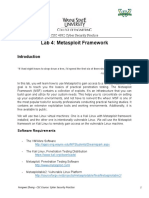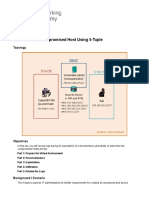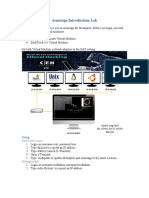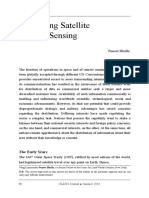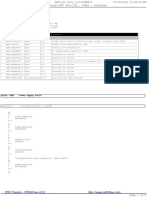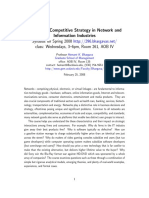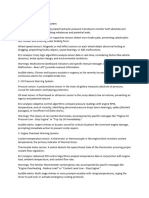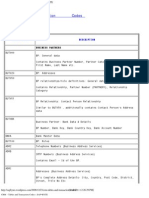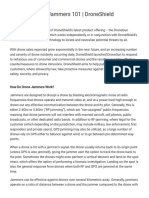0% found this document useful (0 votes)
21 views5 pagesMetasploit Guide
Guide on how to use Metasploit Framework (MSF) in kali Linux
Uploaded by
sahilborse114Copyright
© © All Rights Reserved
We take content rights seriously. If you suspect this is your content, claim it here.
Available Formats
Download as PDF, TXT or read online on Scribd
0% found this document useful (0 votes)
21 views5 pagesMetasploit Guide
Guide on how to use Metasploit Framework (MSF) in kali Linux
Uploaded by
sahilborse114Copyright
© © All Rights Reserved
We take content rights seriously. If you suspect this is your content, claim it here.
Available Formats
Download as PDF, TXT or read online on Scribd
/ 5








